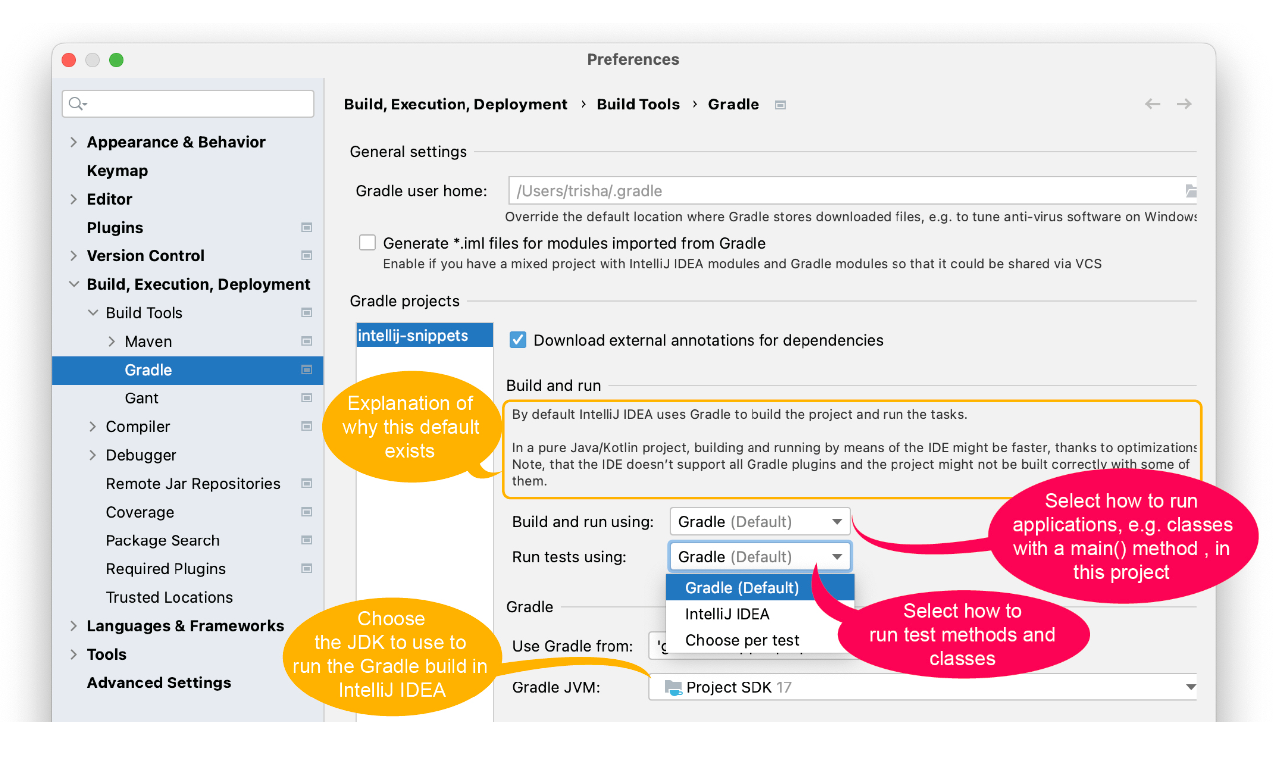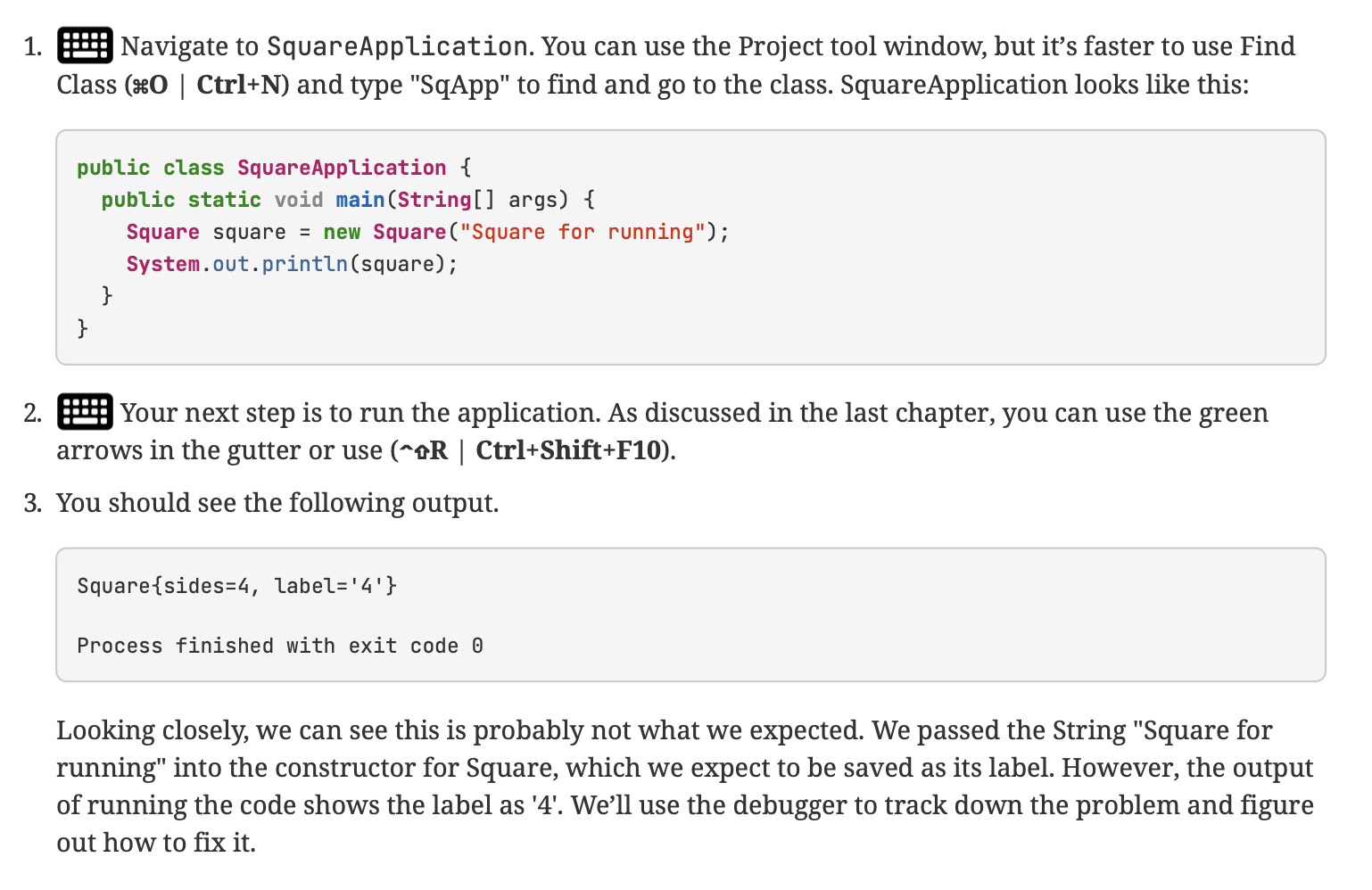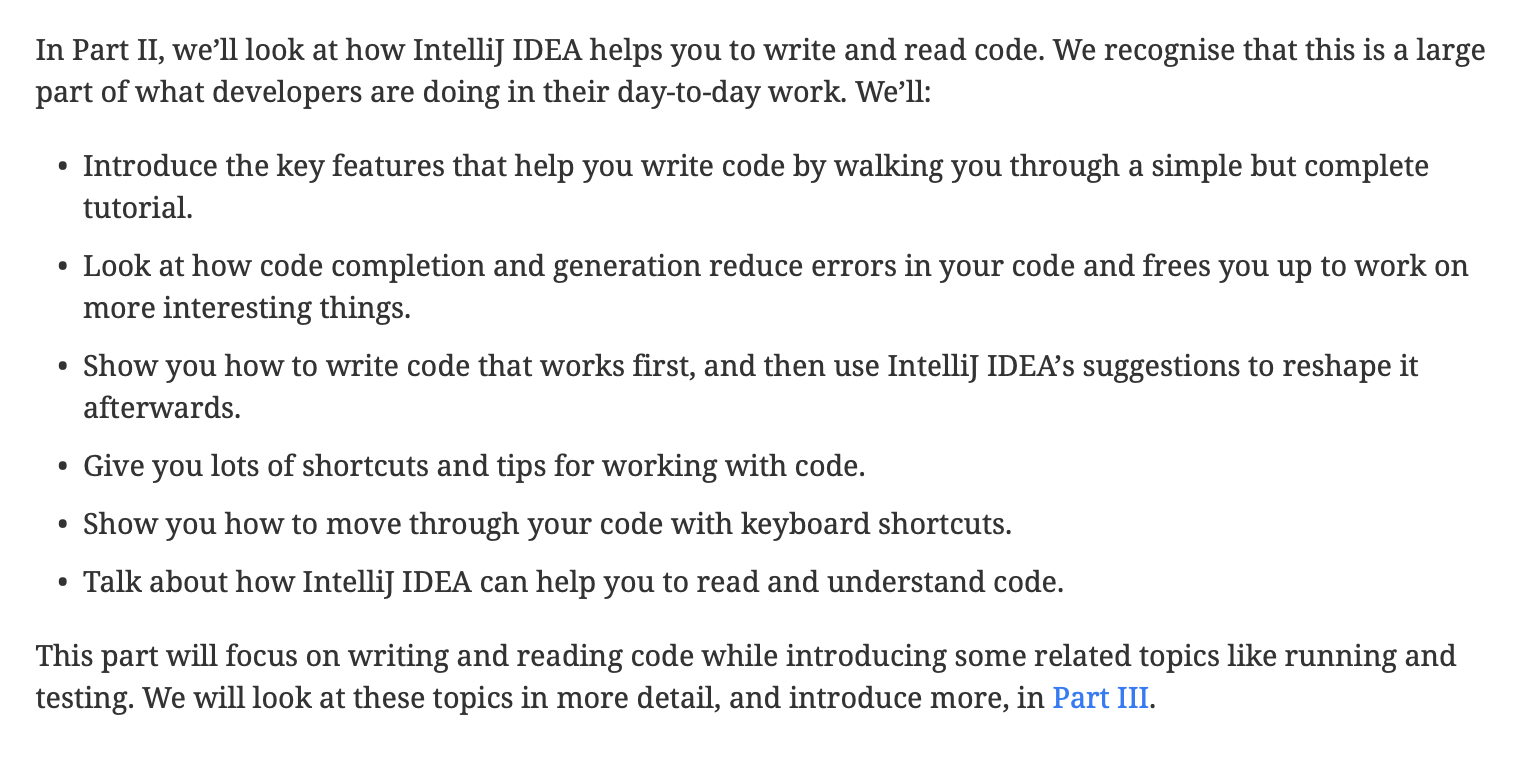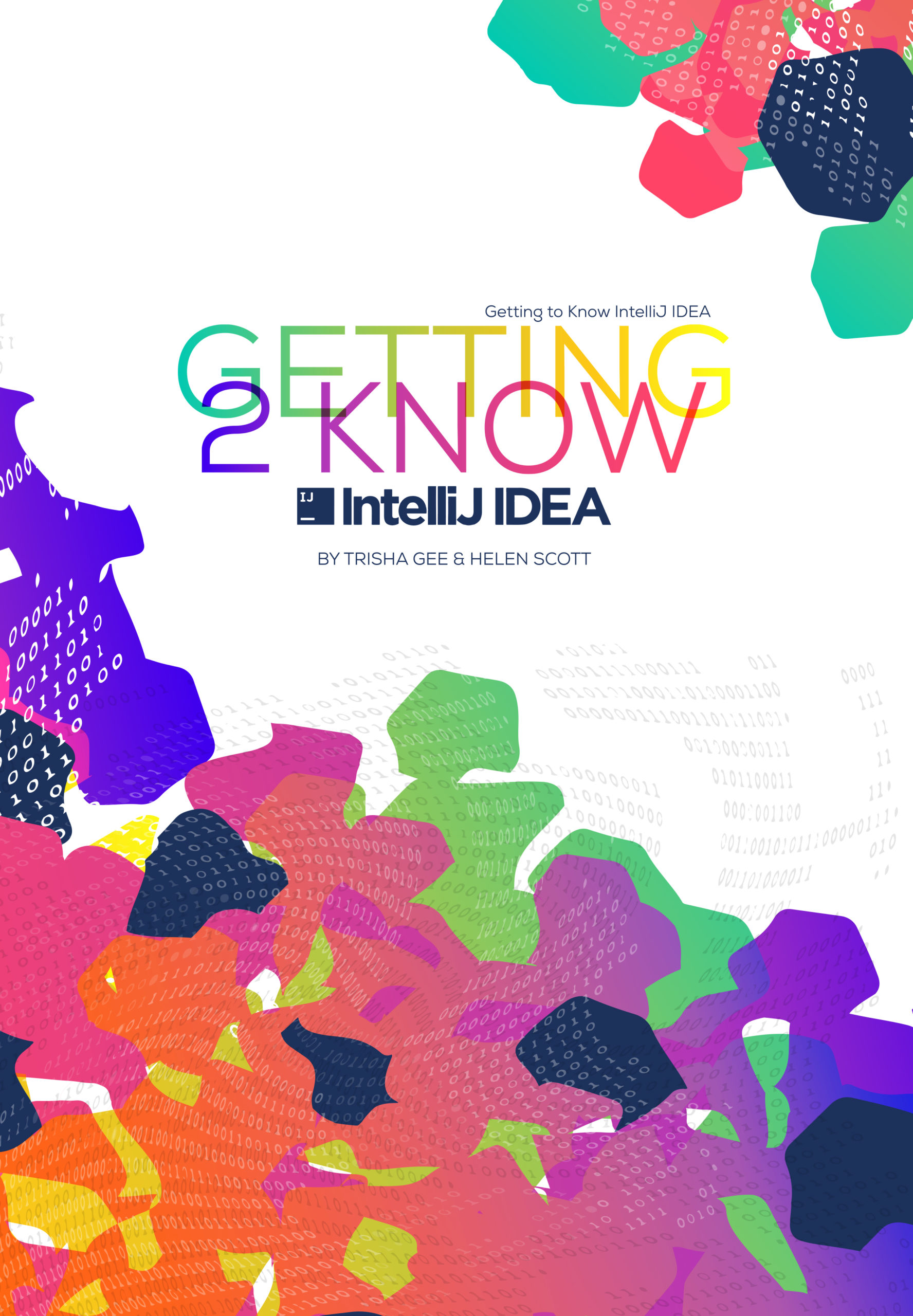Some days I feel like I’m sprinting down the tracks being chased by a high speed freight train that is labelled something like “changes in technology”. I can’t stop and change direction, and I have no choice but to eat on the run. Other days I’m staring at some shiny gem of technology in front of my face, and it’s glinting with iridescent beauty in the light. On those days, nothing else matters, not even the oncoming freight train. I want that shiny thing.
So how do we juggle these seemingly opposing needs?
Grabbing the shiny thing
We’ve all been there, staring at the beautiful gem dangling in front of our faces, drawing us in with its whispers of encouragement and beauty as well as its promises of how it will solve all of our problems. We just want to reach out, grab it, and study it. Nothing else matters. Of course, to do that, we have to make the space and time to learn about it. If we choose to do this, we are (at least to some people) staying ahead of the curve. To other people we are wasting our time and resources. As with anything in our industry, there is a compromise to be had with the ever useful saying of it depends. Let’s dig a little deeper.
Image by Colin Behrens from Pixabay
Technology moves fast, we all know that, so how do we temper ourselves when it comes to the next big shiny thing, and, how do we stay ahead of the curve? Do we even need to temper ourselves or stay ahead of the curve? And whose curve is it anyway? It’s interesting that grabbing the next shiny thing has a negative connotation, and staying ahead of the curve has a positive one. I think that they’re tightly coupled; grabbing the shiny thing is often the precursor to staying ahead of the curve. Of course, if the shiny thing turns out to be ours, or the industry’s, kryptonite, you need to be able to drop it as fast as you grabbed it.
Being able to pivot our focus of intrigue quickly and efficiently is definitely a superpower.
Grabbing the shiny thing and subsequently staying ahead of the curve with our knowledge of it both allude to knowing more about that thing than most people. That can bring advantages to our career in a number of ways.
Of course, if we grab all the shiny things, we may find that we don’t know much about anything and are actively behind the curve, but let’s talk about that curve in more detail.
What does it mean to be ahead of the curve?
An excellent question and one I had to look up after drawing several bell curves on my notebook and coming up blank. All it really means is doing something faster than other people. Well, gee, that’s nice and broad!
Do you need to stay ahead of the curve?
Well, it depends. Many successful careers have been formed without grabbing any shiny thing or being ahead of any curve. We don’t need to know the latest and greatest technology to succeed, we can carve out a very successful role for ourselves specialising in technology that has been and gone. If that’s your happy place, you go for it!
However, many of us like shiny things, so I’m going to concentrate on how you can stay ahead of the curve in development specifically.
Whose curve is it anyway?
Technically it’s ours. It’s our learning journey as we’ve identified it. It’s the notion that if we’re ahead of the curve, we’re in the top x percentage of people that know about the thing. It’s where many of us aspire to be for a thing because:
- we’re scared of being left behind
- we’re scared of not knowing something
- we’re scared of being the least informed person in the room
Our need to stay ahead of the curve is, at least in part, driven by fears. However, there are other drivers that apply a different force. Sometimes we aspire to be ahead of the curve in a thing because:
- we want to earn more money
- we want to retire early from the rat race
- we want to be deemed successful by some metric
- we get our kicks from the latest technology and enjoy learning it – “oooh look, shiny!”
These are all valid fears and valid motivators. There are many more you may have as well.
How do you know which shiny thing to pick?
We don’t. Well, we probably have an inkling, it’s potentially the one that will solve our problems. However, we cannot possibly examine them all and thus stay ahead of the curve in all our interactions and knowledge. That’s just crazy talk. So we need to pick our shiny thing wisely, especially in technology. Choose where we want to be ahead of the majority and focus on that with laser accuracy. We will need to focus our firepower, but we can always pivot direction as the winds change and the shiny thing we were ahead on falls out of technology favor.
Then we have a choice, stick with the shiny thing we chose, or jump to the next shiny thing we want to be ahead of the curve on. Which brings me on to my next point…
How do you stay ahead of the curve?
The clichè answer is, of course, with great difficulty. However, let’s break it down because there are some very real and tangible things we can do. These are the ones that work for me, your list may be longer or shorter.
We can often fit these around our existing schedule. We can:
- Read blog posts
- Watch videos
- Listen to talks
All of these things are passive. Yes they take time but they’re passive. If we give them our time (instead of feeding our smart-phone addiction, maybe that’s just me), we pick up quite a few nuggets of useful information that will keep us ahead of the oncoming freight train. However, there’s more.
There are some more active tasks that we can do that will require more time from you, but arguably bring more tangible reward in terms of our understanding of the thing. We can:
- Play with the thing
- Create content
- blog posts
- videos
- talks
All of these things are active. They require us to take the knowledge that we’ve learned and apply it to something in the real world. Playing with the thing is the first step. Questions such as:
- What problems does it solve?
- Whose life does it make easier (assuming it does)?
- Where could it be applied in our world?
- What are the competitors?
- Where can it not be applied/does not work?
… will help you to poke it with a stick and come up with some thoughts about the thing you’ve been learning about. Creating content about the thing is, at least in my experience, one of the best ways to get ahead of the curve on that thing. It helps me to cement the knowledge in my mind, and it has the added bonus that it might help someone else in the community who is learning about the thing. For example, they might not want to be ahead of the curve on the thing, but they do want to learn about it and use it in their day to day.
How do you find the time to stay ahead of the curve?
Now, like anything that is vying for our time, it needs careful prioritisation and resources. We cannot expect to stay ahead of the curve in any of the things if we don’t make time for learning and give ourselves the opportunity. Of course all our time is very squeezed, but we can look for learning opportunities in both our professional and personal life.
Many employees are happy for us to spend a portion of our professional time learning about some new shiny thing, especially if it might benefit them longer term. This is a privilege, and we don’t all have it, but many companies are waking up to the fact that we need time to learn in a number of areas and failure to allow them time to do this will be detrimental to their workforce and potentially the company’s products.
We can also use our personal time for this endeavour. Should you? Only you can answer that one. If it personally benefits us and our career, perhaps that’s a strong use case. It’s a path well trodden that can bring substantial rewards.
Ultimately it’s up to us, our choice of shiny thing, and our schedule. We have got this!











